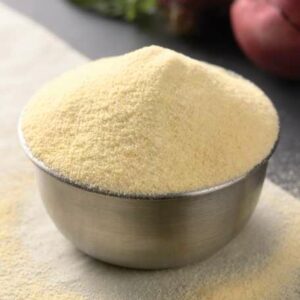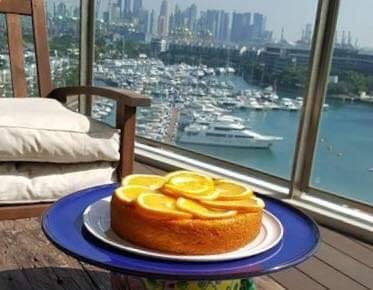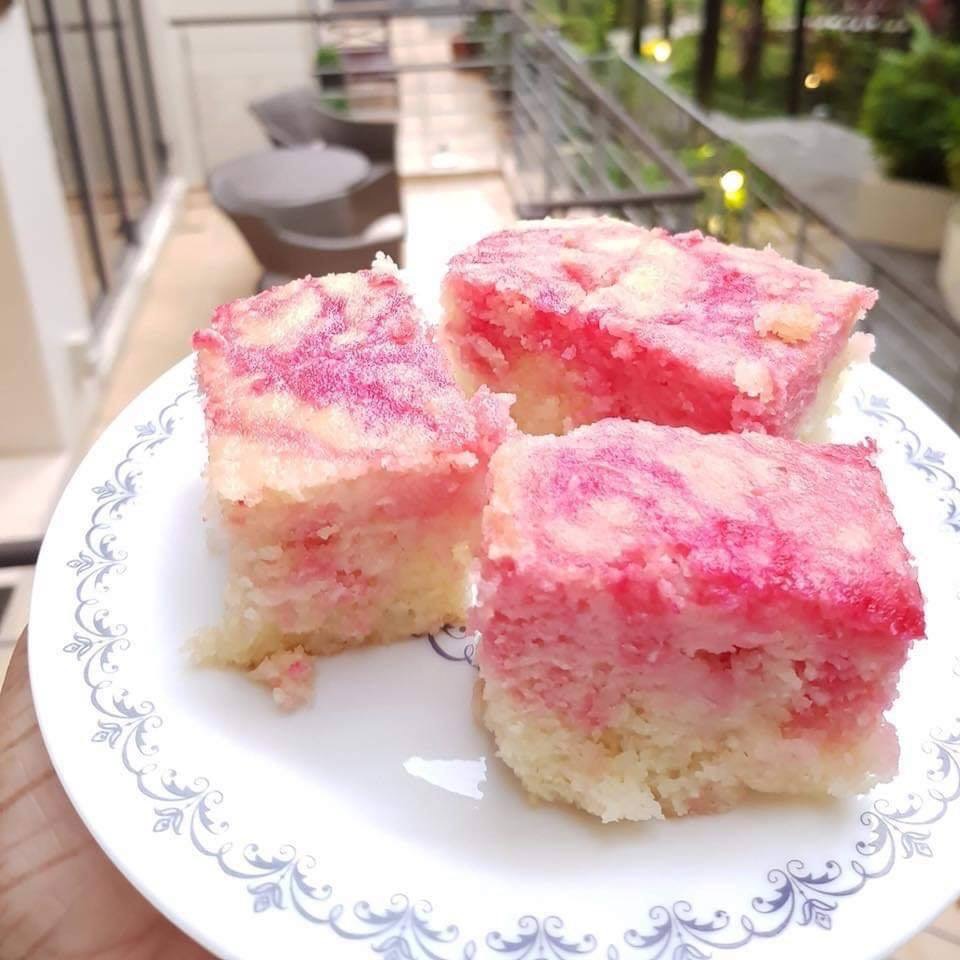Sugee, rawa, semolina, suji….a staple ingredient, found in most kitchens.

An ingredient I reach for when want to make quick comfort foods. A soothing porridge, a spicy upma, a heartwarming halwa.
It was thus eye opening to realise that for centuries, semolina had been linked with the cuisines of Europe and the Middle East. Even the name is rooted in the Italian word semola, meaning bran.
But 10,000 kms east, nearly half a world away, semolina can be found in the waning heritage of Eurasian cooking in Malaysia and Singapore, in the form of a rich, nutty dessert called sugee cake.
For Eurasians (people of mixed European and Asian ancestry) sugee cake is an essential dessert. It’s made with creamed butter, whipped eggs and a bit of brandy. But instead of using bland, industrially milled wheat flour, sugee cake makes use of semolina, which when toasted has a deliriously nutty scent and a sweet heartiness as warming as a hug from an Italian nonna (or in this case, a Eurasian auntie). A bit of crushed or ground almonds is often added, too, further complementing the earthy fragrance of the semolina.

This cake found its way into a Southeast Asian sub-cuisine through Portugal’s colonization of the Malay Peninsula during the 1600s.
Ingredients like lemons, tomatoes, wine, and vinegars appeared for the first time ever in the port cities of Malacca and Singapore. And among it all, there was semolina. The hearty durum wheat inspired the creation of the fusion sugee cake.
Though mostly only baked by Eurasian families, the sugee cake has lasted, making an appearance upon important life occasions—birthdays, weddings, graduations, anniversaries, and yes, even funerals. Its recipe often a secret closely guarded by the family matriarch, each believing her sugee cake to be the best.

No two recipes are the same, with some calling for soaking the semolina in melted butter overnight, some using whipped butter in its place, and some skipping the soaking step entirely.
There are Eurasian grandmothers who espouse fluffing up the egg yolks to the consistency of a sabayon, and there are those who don’t; some whip their meringues to soft peaks, others to peaks so stiff they almost split. As such, there’s no set rule for making a sugee cake, other than its constituent ingredients of semolina, butter, almonds, and eggs.
Ultimately, there is one common thread that runs through each and every sugee cake. Each cake serves as a symbol of celebration and togetherness, a reminder of the harmony between different cultures and families, of the transience of life and death and joy and comfort.
Because whatever happens in life, there’ll always be cake.

